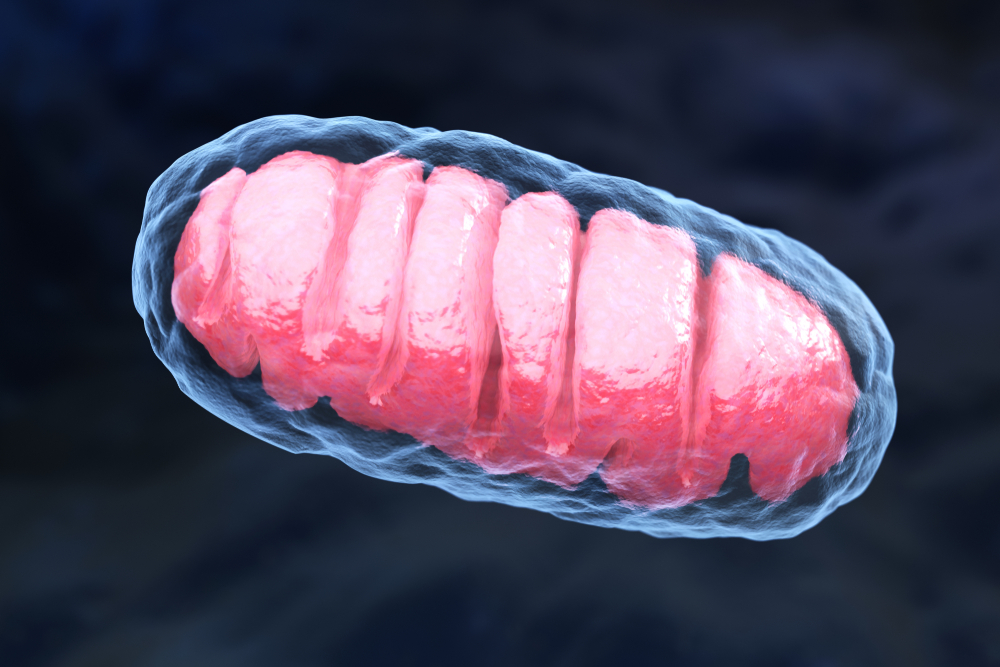Mitochondrial DNA Carried in Blood May Trigger Inflammation in Sickle Cell
Written by |

People with sickle cell anemia have higher levels of mitochondrial DNA (mtDNA) — DNA specific to mitochondria, the cell’s powerhouses — circulating in the blood than healthy individuals, likely due to the abnormal retention of mitochondria in red blood cells, a study has found.
Notably, patients’ mtDNA was found to have significantly fewer chemical modifications relative to healthy people, and to trigger the formation of immune-related traps that promote inflammation.
“These study findings suggest that measuring DNA of mitochondrial origin could help us better understand its role in pain crises, destruction of red blood cells, and other inflammatory events in sickle cell disease,” Swee Lay Thein, MD, the study’s senior author, said in a press release.
“It could also serve as a marker of disease progression and a way to measure the effectiveness of therapeutic interventions,” added Thein, the chief of the Sickle Cell Branch at the National Heart, Lung, and Blood Institute (NHLBI), which supported the research and is part of the National Institutes of Health (NIH).
The study, “Circulating mitochondrial DNA is a pro-inflammatory DAMP in sickle cell disease,” was published in the journal Blood.
Sickle cell anemia is the most common and most severe form of sickle cell disease (SCD). It is characterized by the sickling of red blood cells — their distortion into a sickle, rigid shape that is less effective at carrying oxygen throughout the body — and the production of inflammatory molecules.
This perpetuates a chronic inflammatory state that impairs blood flow and oxygen delivery, leads to organ and tissue damage, and promotes pain crises, or episodes of sudden and severe pain.
In addition, SCD patients have increased levels of reactive oxygen species (ROS), and subsequently of oxidative stress, which can lead to chronic inflammation. Oxidative stress is an imbalance between the production of potentially toxic ROS and cells’ ability to detoxify and eliminate these substances, leading to cellular damage. Notably, mitochondria, a cell’s energy-producing compartments, are the main sources of ROS.
A team of researchers at the NHLBI and the NIH have now discovered that mitochondria abnormalities in red blood cells may contribute to chronic inflammation in SCD.
The team first analyzed the DNA extracted from the liquid part of the blood (plasma) of 34 people with sickle cell anemia and eight healthy volunteers, all participating in one of three ongoing, observational clinical trials (NCT00081523, NCT03049475, NCT00047996).
They found that SCD patients had higher levels of circulating, cell-free mtDNA than healthy individuals. Circulating mtDNA is comprised of DNA fragments generated mainly from mitochondrial damage or general cellular stress.
“We were intrigued when we found higher levels of free-floating mitochondrial DNA in the plasma of the patients with sickle cell disease,” Thein said, adding that mtDNA was “shorter and more fragmented than free-floating nuclear DNA fragments.”
Also known to drift in blood, cell-free nuclear DNA comprises DNA fragments from the nucleus, which contains all the genetic information of a cell.
Free-floating mtDNA from SCD patients also had significantly fewer methyl groups than that of healthy people. Methyl groups are chemical modifications that are known to regulate gene activity without modifying their underlying genetic sequence.
This deficiency in methyl groups was even more pronounced in the mtDNA of patients who were having a pain crisis at the time their blood was drawn for analyses, suggesting a potential link between mtDNA and pain crises.
Given that circulating mtDNA resembles bacterial DNA and can be recognized by the immune system and activate inflammatory responses, the team then investigated whether high levels of free-floating mDNA affected a specific inflammatory process involving neutrophils.
Neutrophils are a type of immune cell involved in the body’s inflammatory response to infection or tissue damage. One such defense mechanism consists of the formation of a web-like structure that traps and kills microbes, called neutrophil extracellular traps (NETs).
A negative consequence of these NETs, however, is that inflammation is often sustained, even in the absence of infection.
Results showed that high blood levels of cell-free mtDNA promoted the formation of NETs, and that treatment with a suppressor of TBK1 — a molecule involved in an immune, DNA-sensing pathway that promotes inflammation — effectively blocked their formation.
Further analyses also revealed that unlike normal red blood cells, which get rid of mitochondria as they do not need further energy to carry oxygen throughout the body, those of SCD patients retained these structures.
Based on these findings, the team hypothesized that the abnormal retention of mitochondria in red blood cells of SCD patients may contribute to the buildup of ROS, which in turn increases oxidative stress and promotes the entry of damaged mtDNA into patients’ bloodstream, triggering inflammation.
These results suggest that circulating mtDNA and the inflammatory processes it stimulates are potential therapeutic targets for SCD. Researchers now plan to conduct preclinical studies to assess the potential of therapies targeting these two processes.




